Search
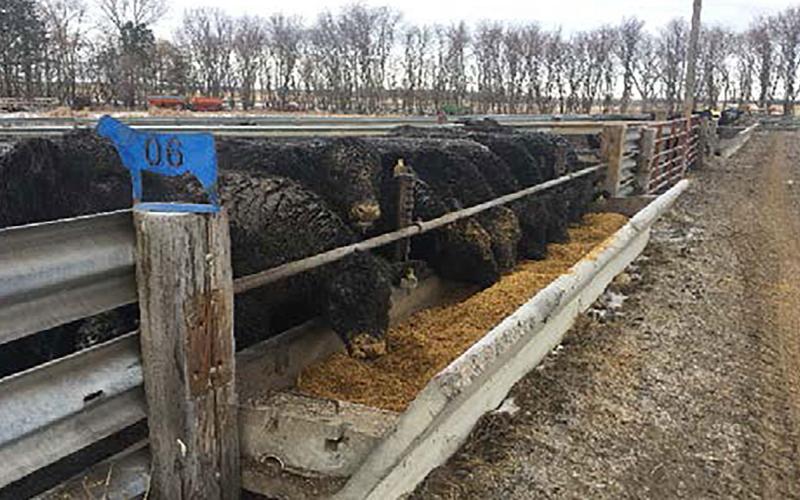
Case Study: Effect of Adding More Concrete to Open Pens
Mud caused by excessive precipitation dramatically reduces cattle performance. Pouring additional concrete and working on improving pen surfaces are approaches that can improve poor-weather performance in an open yard.

Online Tools To Help With Rangeland Drought Planning
Learn about some free online tools that producers can use to assess drought conditions, evaluate forage resources, and manage herds through periods of abnormally dry weather.
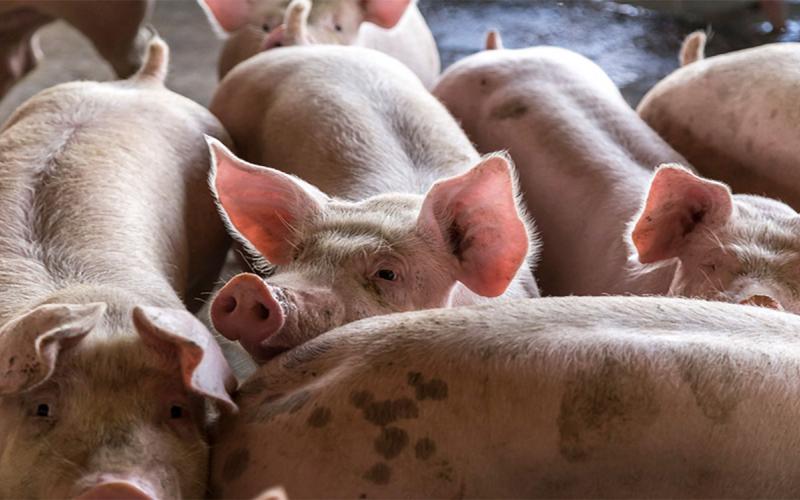
Light Versus Heavy Barrow Fecal Microbiome at Finishing
Understanding the differences in the microbiome between light and heavy market hogs may provide insights into optimizing growth performance, feed efficiency, and sustainability of the swine industry.
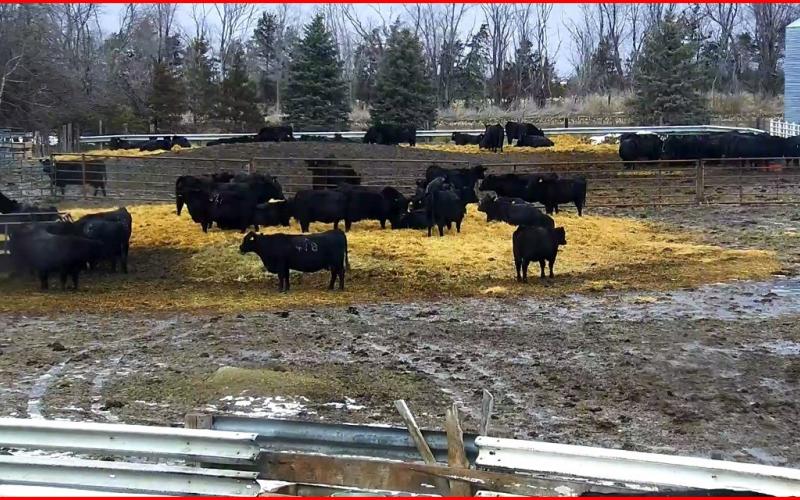
Calving Barn Video Technology: Keeping Cattlemen Warm During Calving Season
Labor is one of the most valuable resources on the ranch, and producers often try to utilize their time wisely to decrease hours spent on a project. Producers can potentially decease time spent in certain areas of the ranch with the use of modern video technology thus allowing them to multitask.
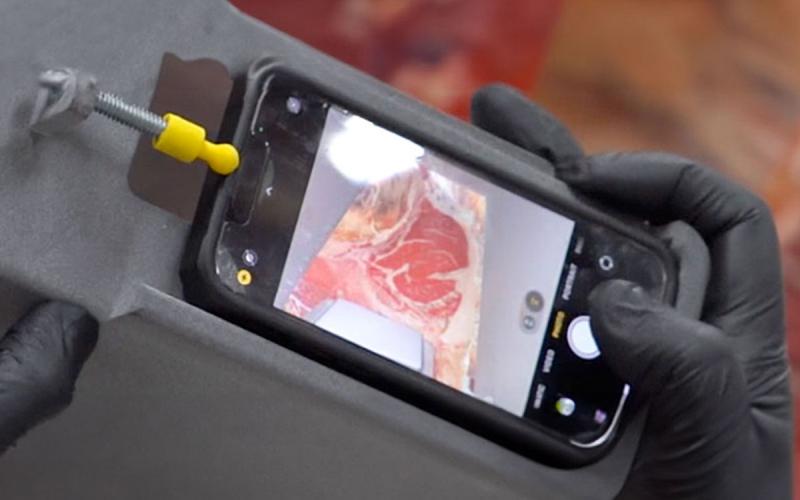
USDA Remote Grading Pilot Program: Increasing Marketing Options at Small Plants
The USDA Agricultural Marketing Service recently launched a pilot program for Remote USDA Beef Carcass Grading, allowing qualifying processors to electronically submit photos of carcasses to be presented for grading.

Extend the Grazing Season With Cover Crops
When hay prices are high, extending the grazing season is key. Grazing cover crops in the fall and spring can extend the grazing season and reduce feed costs.
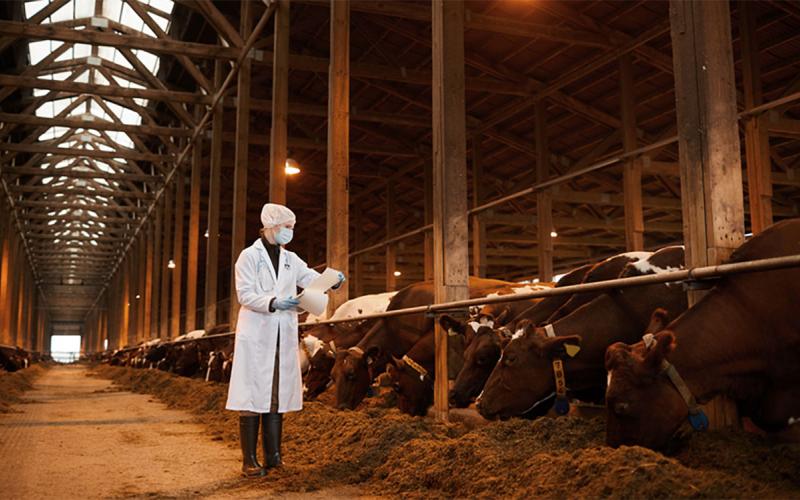
Avian Influenza Viruses in Dairy Cows: What is the role of biosecurity?
The recent finding of an avian influenza virus in dairy cows suffering from a previously unknown disease syndrome has brought attention to disease control and detection methods on dairy operations.

Calving Book Technology: There’s an App for That
Record keeping is necessary for beef producers to make benchmarks and progress from year-to-year. New calving book apps can make record keeping easier, helping producers stay on track during calving season.
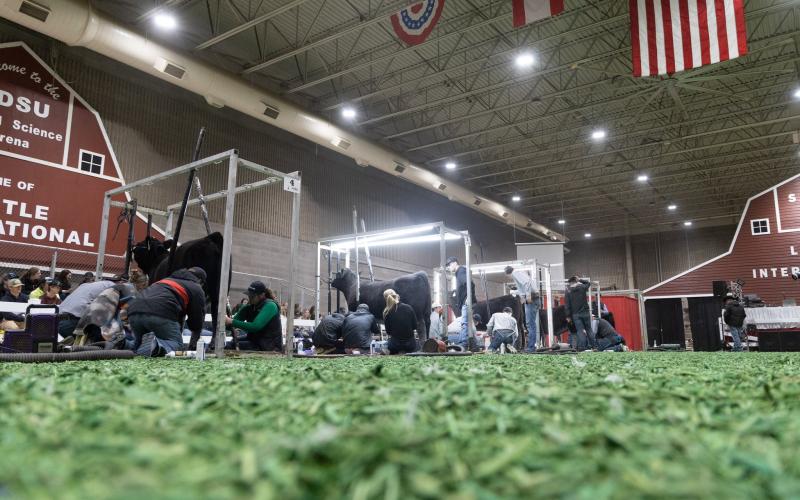
101st SDSU Little International: New Century, Same Legacy
April 05, 2024
South Dakota State University's Little International is set to hold this year's event on April 5 and 6 on campus at SDSU's Animal Science Arena.

4-H Shooting Sports Hall of Fame Honorees
The 4-H Shooting Sports Hall of Fame was started in 2015. It was created to recognize those who played a role in bringing shooting sports to the South Dakota 4-H Program and those who have helped it to grow on the state and regional levels.